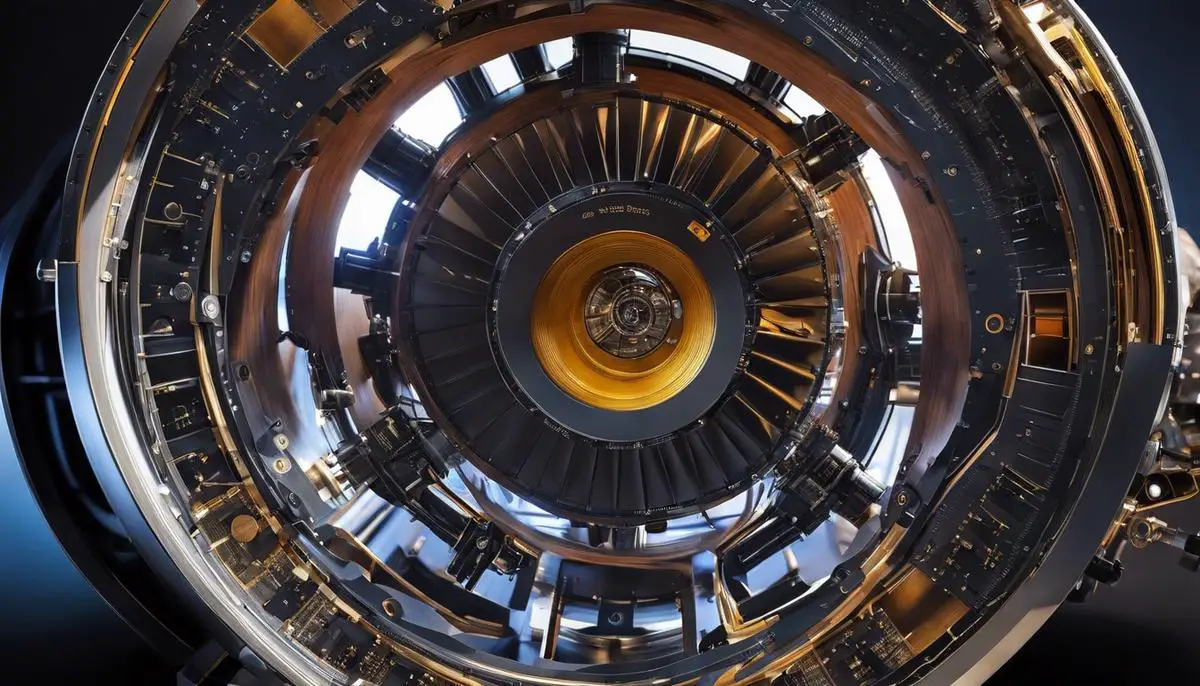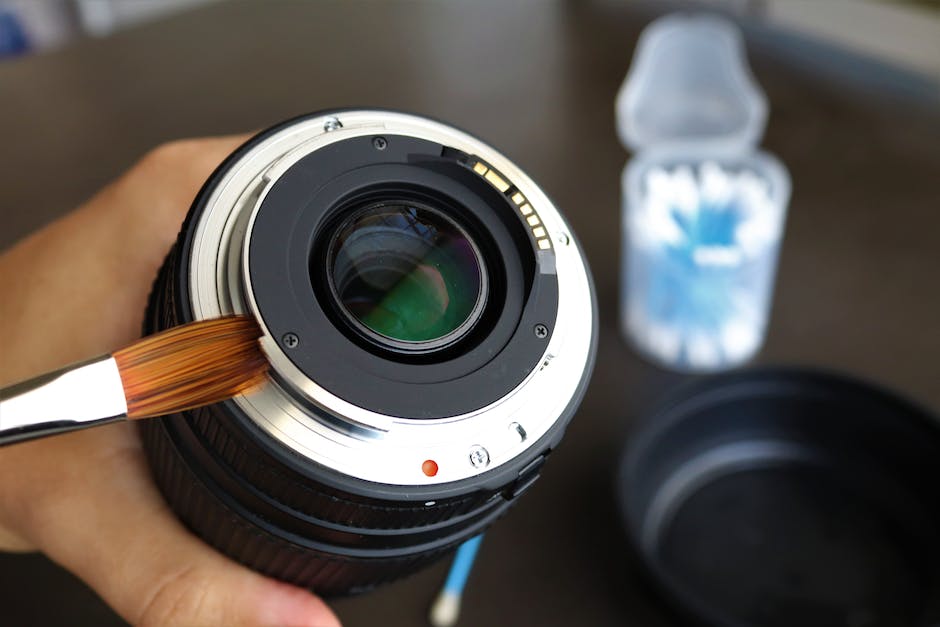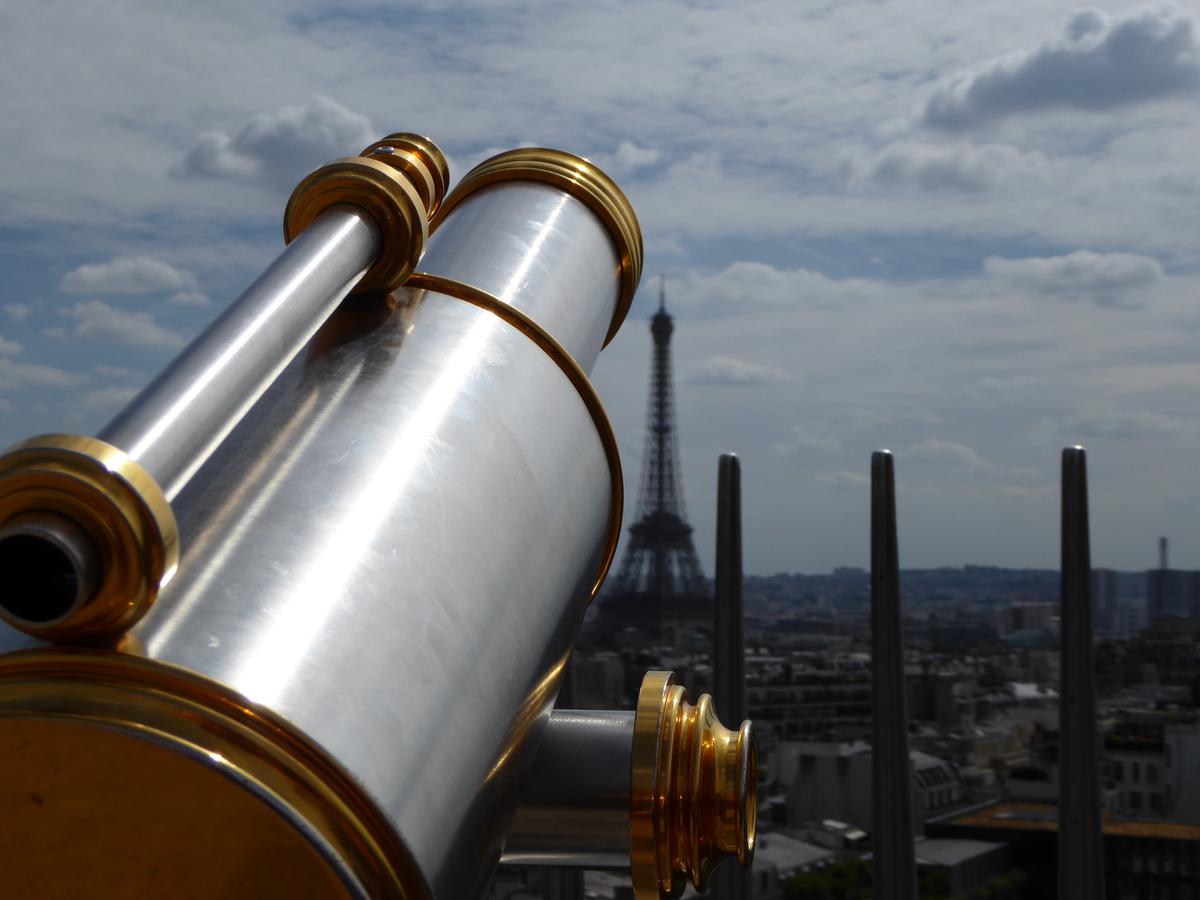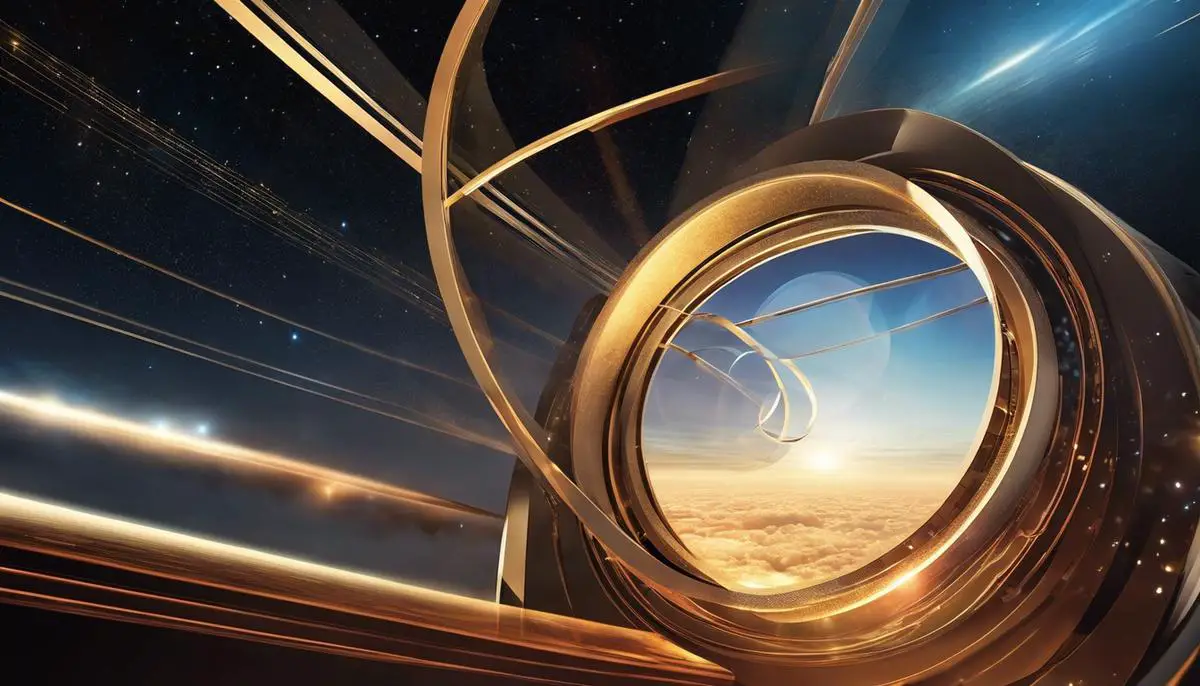For many, stargazing with a Horox telescope is a gateway to the cosmic world- a universe filled with galaxies, planets, and numerous astronomical phenomena. Nevertheless, the key to an enriching celestial exploration experience not only lies in how well you use your telescope but also in how efficiently you maintain it. In this article, we will delve deeply into the world of telescope optics, highlighting their fundamental principles. This knowledge is instrumental in comprehending your Horox telescope’s functionality and pinpointing potential issues it might develop. Moreover, we will detail methods for routine care and cleaning, a cornerstone in preserving your telescope’s optimal performance. Lastly, we will arm you with the aptitude to distinguish, troubleshoot, and resolve the common problems encountered by Horox telescope aficionados.
Understanding Telescope Optics
Fundamental Concepts: Unfolding the Intricacies of Telescope Optics
Telescope optics, a sublime subject that captures the wonders of the cosmos and provides a lens into the secrets of the universe, is a stimulating field of study in physical sciences. Peeling back the layers, we dive into the basic building blocks that form the foundation of telescope optics, and understand how they influence our perception of the celestial world.
To start with, telescopes, these magnificent creations, are primarily composed of two prominent elements: lenses and mirrors. They act as the heart of the optical system, gathering distant light and focusing it to a single point for analysis. The optical phenomenon of refraction, where light changes direction as it passes from one medium to another, is central to this process, particularly in refracting telescopes.
Lenses, or ‘objectives’, have their unique characteristics and are usually convex in nature. They are thicker in the middle than the edges, which allows light to converge to a single focal point. On the other hand, the mirrors used in reflecting telescopes are usually concave, with a curved, inwardly recessed surface. This curvature aids in reflecting the light back to a single, focal point. Thus, these focusing elements, either lenses or mirrors, are elemental to telescope construction.
Moreover, the aspect of magnification, the ability of a telescope to enlarge an image, is tied to the eyepiece used rather than the objective lens or mirror itself. An eyepiece with a greater focal length provides lower magnification, and conversely, an eyepiece with a shorter focal length offers higher magnification. However, it is worth noting that magnification does not guarantee clarity. The resolving power, which is the telescope’s ability to distinguish details, also plays a critical role, where a larger aperture generally means a better resolution.
The overarching component of optical telescopes is their aperture — the diameter of the lens or mirror that collects light. This aspect is significant because, the greater the aperture, the more light the telescope will gather, resulting in a brighter and more detailed image of the distant objects. Therefore, the performance of a telescope is heavily contingent upon the size of its aperture.
On the other hand, to effectively operate the telescope, alignment is crucial. Known as collimation, this process ensures that both the eyepiece and the main lens or mirror are perfectly aligned to produce sharp and undistorted images.
Lastly, the significance of atmospheric conditions must not be understated in the realm of telescope optics. Turbulence, humidity, light pollution, all of these can considerably affect the quality of the observations. Consequently, understanding their impact and knowing how to manage or avoid them are crucial for optimal telescope performance.
Understanding these fundamental concepts is instrumental to gain a deeper insight into the intricate universe of telescope optics. Whether you are an amateur astronomer or an established researcher, laying a solid foundation enables you to appreciate and explore the cosmos in all its glory through the lens your very own telescope.

Routine Care and Cleaning
The Discipline and Delight of Telescope Hygiene: A Brief Study on the Caretaking of your Horrox Telescope
Telescope hygiene warrants utmost importance in stewarding a truly unparalleled celestial observation. Particularly for the Horrox enthusiast, routine maintenance of this superior piece of equipment is paramount to ensuring one’s exploration of the cosmos remains resolute and undeterred. It is frequently recommended that the Horrox telescope be cleaned every six months, acknowledging the necessity of its cleaning regimen as a semi-annual routine inspection.
The starting point of this process is an assessment of the external parts of the telescope, including the base and body. The task can often be accomplished with a soft, lint-free cloth, dampened slightly with water. Harsh chemicals, detergents, or abrasive cleaning equipment risk compromising the telescope’s finish and structural integrity. Patience, care, and gentle cleaning strokes ensure the base and body remain pristine.
When embarking on the cleaning of lenses and mirrors, utmost care and precaution must be exercised to avoid even the most minute scratches, which could impede the telescopic viewing experience. Specialized lens tissue, accompanied by a reagent-grade isopropanol suspension is a safe cleaning solution to consider. Gentle and minimal application should be tactfully applied in a circular motion, from center to periphery, ensuring any dust or debris is effectively removed.
Keeping acumen intact, the next objective of focus is the eyepiece. This powerful component, dictating magnification, should be unscrewed and disassembled with patterned precision, to avoid any haphazard dismantling of pieces. The cleaning principles of the lenses and mirrors can be appropriately applied in this context too – being erased from dust and finger smudges can amplify one’s viewing dynamics drastically.
Critically synonymous with the telescope’s focal prowess lies within the precision alignment and collimation. While inspecting and cleaning, it is recommended to check the alignment. A misaligned telescope, however clean it may be, will not maximize its potential for observations. Professional laser collimators are available for such tasks demanding utmost accuracy.
The examination of surroundings and atmospheric conditions establishes the cadence by which cleaning your Horrox telescope should occur. If your telescope is subjected to more frequent use or harsh environmental conditions, more frequent cleaning may be required.
Safeguarding the integrity of your Horrox telescope is not merely a technical essentiality but an act of supreme honor – bearing in mind the choice to dive into the universe’s quantum complexities, continuously unmasking the enigmatic mysteries it presents. Through meticulous care, one contributes to facilitating a clearer, cleaner picture of the spheres. Aiding in this endeavor is routine inspection and maintenance, ensuring your Horrox telescope remains a devoted companion in your celestial adventures.

Troubleshooting Common Problems
Horrox telescopes are celebrated in the field of astronomy for their delicate craftsmanship, high-quality optics and user-friendly design. However, even the most robust telescope is susceptible to a number of common issues that can hinder optimal performance.
One such frequently encountered issue involves the gradual accumulation of dust on the telescope’s main mirror. This can result in the degradation of image quality. To resolve it, one is encouraged to conduct periodical gentle brushes of the main mirror surface with a camel hair brush. It’s crucial to note that abrasive cleaning methods should be avoided, so as to not risk scratching the delicate, highly reflective coating of the mirror.
The faultless performance of a Horrox telescope is also contingent on the mechanical integrity of its moving parts. This may include the focuser, the ability of the telescope to track objects smoothly, and the condition of the mount. Regular inspection and lubrication of these components can notably enhance their function.
Eyepieces are yet another component of Horrox telescopes that often present complications. Over time, they may fog up, which can pose substantial barriers to viewing. This is typically due to the presence of moisture within the eyepiece. A few preventative measures to mitigate this includes the use of eyepiece caps when not in active use, and utilizing silica gel packs to absorb any existing moisture.
Lasty, a challenge exclusive to the usage of telescopes in highly humid regions is the formidability of fungus. This particular concern has the capacity to wreak irreversible damage on the optical components of a Horrox telescope. It’s advised to minimize this risk by applying anti-fungal strips within the storage unit of the telescope and avoiding exposure of the telescope to environments that foster growth of fungi, such as damp areas.
To the dedicated observer, resolving these issues is an experience of intimate exploration of the telescope’s functionality. This journey can cast light on the intrinsic marvels of a Horrox telescope and the respective intricacies that solidify its status as a tool used extensively in the realm of sky-gazing. It is through the continuous care and maintenance of these impeccable instruments that the passion for the cosmos is truly realized, serving as a testament to humankind’s ceaseless quest for understanding the inestimable majesty of the universe.

Understanding, taking care of, and troubleshooting your Horox telescope need not be daunting tasks reserved only for the experts. With a keen comprehension of telescope optics, a disciplined approach towards routine maintenance and cleaning, and practical troubleshooting skills, you can enjoy breathtaking celestial experiences without interruptions. Your Horox telescope is your ticket to exploring the universe’s infinite beauty. Therefore, maintaining its pristine condition should be as thrilling as the countless stargazing nights it provides. Embrace this journey of knowledge, prepare your Horox telescope, and let it guide you through the vast cosmos. Happy stargazing!
![]()
